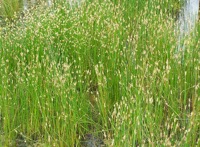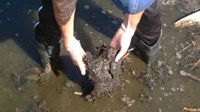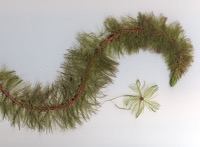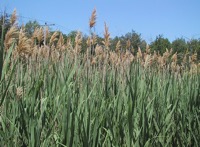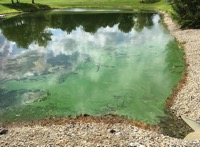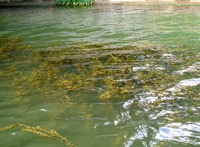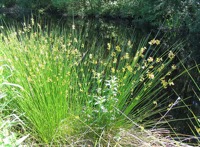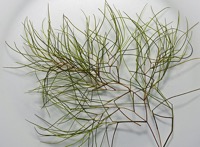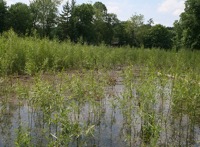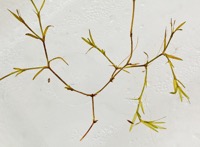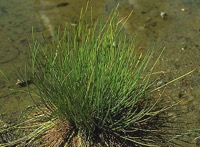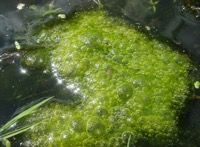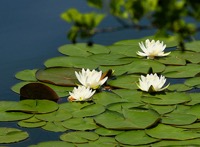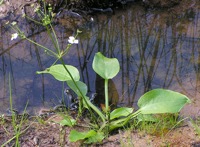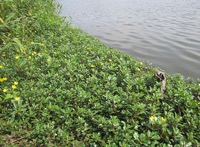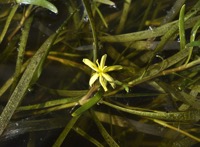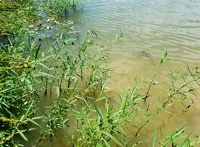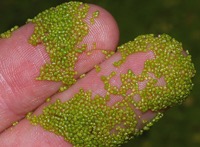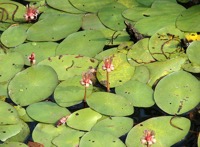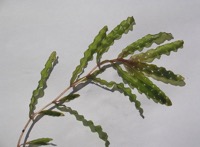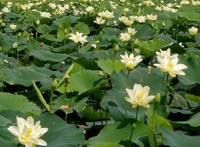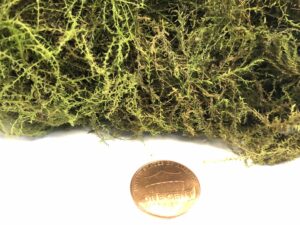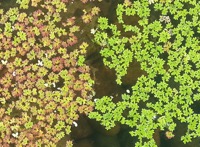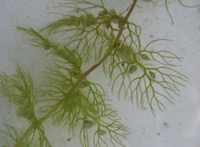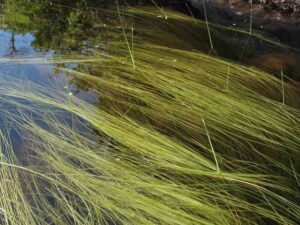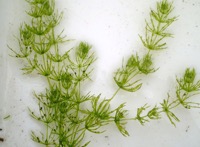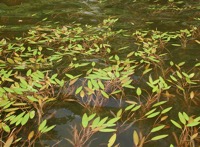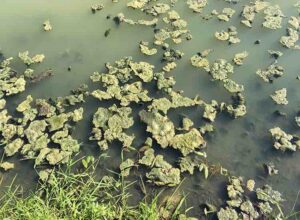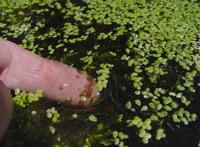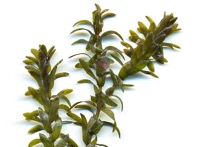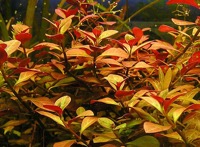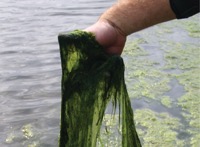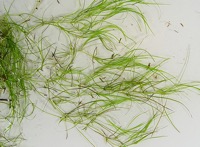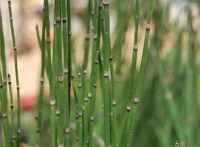Water Hyacinth
Water hyacinth is a free-floating perennial aquatic plant native to tropical and sub-tropical South America. With broad, thick, glossy, ovate leaves, water hyacinth may rise above the surface of the water as much as 1 meter in height. The leaves are on a stem which is floating by means of buoyant bulb like nodules at […]
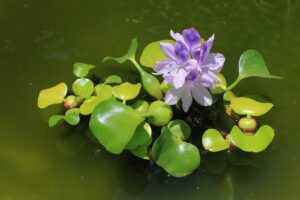
Water hyacinth is a free-floating perennial aquatic plant native to tropical and sub-tropical South America. With broad, thick, glossy, ovate leaves, water hyacinth may rise above the surface of the water as much as 1 meter in height. The leaves are on a stem which is floating by means of buoyant bulb like nodules at its base above the water surface. They have long, spongy and bulbous stalks. The feathery, freely hanging roots are purple-black. An erect stalk supports a single spike of flowers, mostly lavender to pink in colors. One of the fastest growing plants known, water hyacinth reproduces primarily by way of runners which eventually form daughter plants. Each plant additionally can produce thousands of seeds each year, seeds can remain viable for more than 28 years. The water hyacinth was introduced in 1884 at the World’s Fair in New Orleans. The plants had been given away as a gift by a group of visiting Japanese. Soon after, the water hyacinth was choking rivers, killing fish and stopping shipping.
